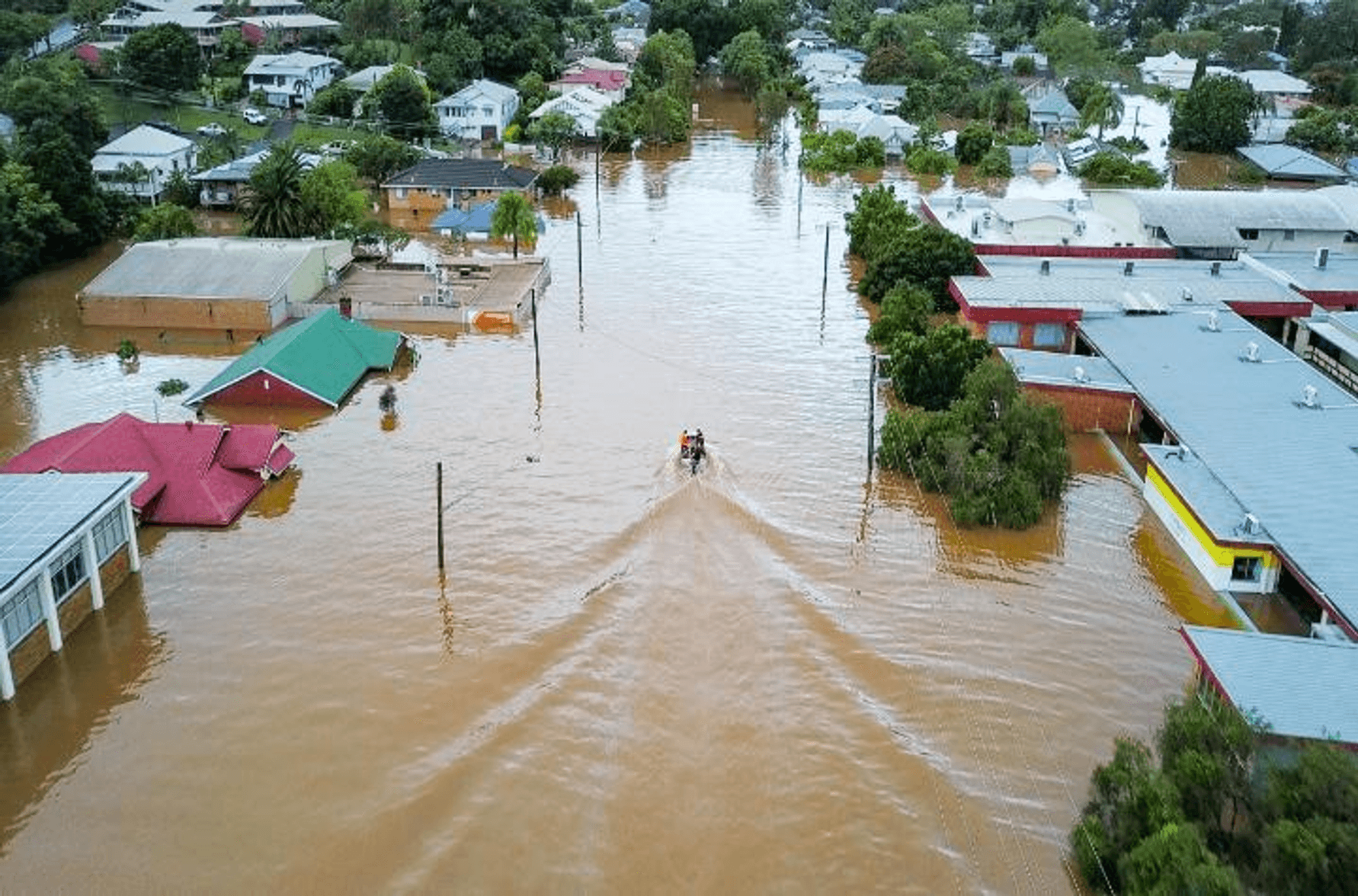Preparing your business community for natural disasters
Imagine a small Queensland town on a summer morning. A cyclone has brought days of torrential rain, and floodwaters are creeping up the main street. A cafe owner who followed her council’s disaster prep advice—sandbagging doors and moving stock—finds her shop damaged but not destroyed, able to reopen in weeks. In Victoria, bushfires recently forced entire towns to evacuate and left communities cut off for weeks. These events show that disasters can strike anywhere, and preparation is paramount. With climate change fuelling more frequent extremes, local councils – through their economic development officers – are on the front lines of helping businesses prepare and recover. We can’t stop cyclones, floods or bushfires, but we can certainly prepare our communities for them.
Strengthen Communication with Businesses
Clear, proactive communication is essential during a crisis. Councils should be the go-to source of reliable information for local businesses before, during, and after a disaster. Provide timely, factual updates across multiple channels (email, SMS, social media, radio), and tailor messages to different industries or areas. Coordinate your messaging with partners like Chambers of Commerce and emergency services to avoid confusion and ensure everyone gets the same clear guidance.
Proactive Outreach and Support
Mass broadcasts are not enough – one-on-one outreach makes a huge difference. Economic development officers should:
• Identify high-risk businesses (those in floodplains, key employers, etc.) and check in with them before and immediately after a disaster.
• Make quick personal contact – even a brief phone call or email asking, “How can we help?” – to uncover critical needs.
• Document each interaction in a central system (such as Monitor CRMS) so no plea for help falls through the cracks.
• Connect businesses to support resources like grant programs, cleanup crews, or temporary facilities.
• Follow up regularly in the weeks and months after the event to monitor progress and address new issues.
This hands-on approach not only resolves problems faster, but it also shows local entrepreneurs that their council stands with them in a crisis.
Leverage Data and Analysis
Data is a powerful tool for disaster planning and recovery. Track key metrics that capture the economic impact – for example, how many businesses must close, estimated job losses, or supply chain disruptions. After the 2022 Queensland floods, more than 20,000 homes and businesses were inundated – a number that highlights the scale of disruption.
Using a centralised database, log which businesses are affected and their needs. Analysing this data can help map out trends and identify which sectors need the most help. It also lets you run “what if” scenarios (e.g. if a main road is closed, how many businesses and jobs are impacted?) to inform resource allocation. Share concise data with leaders to back up requests for assistance and keep the public informed (for example, what percentage of businesses have reopened). Keep updating your data as conditions evolve so decisions are based on current information, not yesterday’s news.
Tagging businesses who are able and willing to assist in response and recovery such as: construction businesses, earthmoving, skilled trades or ag contractors allows a contact list to be immediately available internally for quick action.
Be Transparent and Collaborate
Openness and teamwork are crucial in a disaster’s aftermath. Keep the business community informed about what council is doing and what to expect. Regular public updates (via newsletters, Facebook, town halls) about recovery efforts show that the situation is being actively managed. Encourage two-way communication as well – invite business owners to share concerns and ideas so they feel heard and can contribute solutions. Collaboration is equally important: work with neighbouring councils, regional groups, and industry bodies to pool resources and knowledge.

